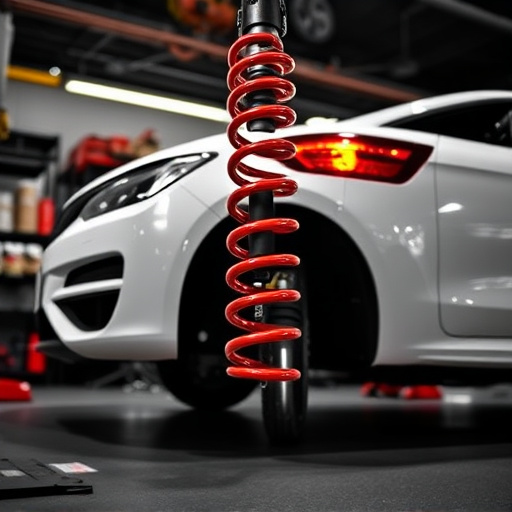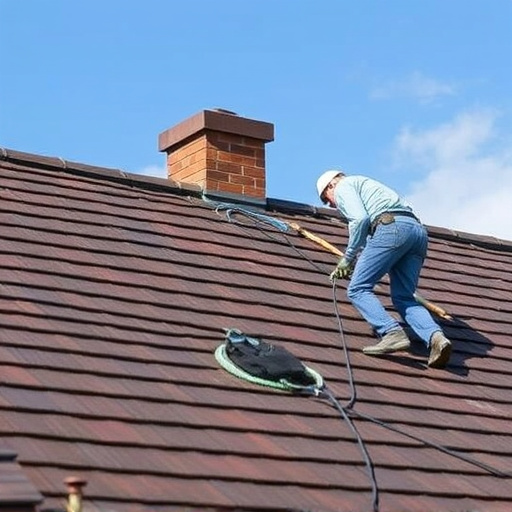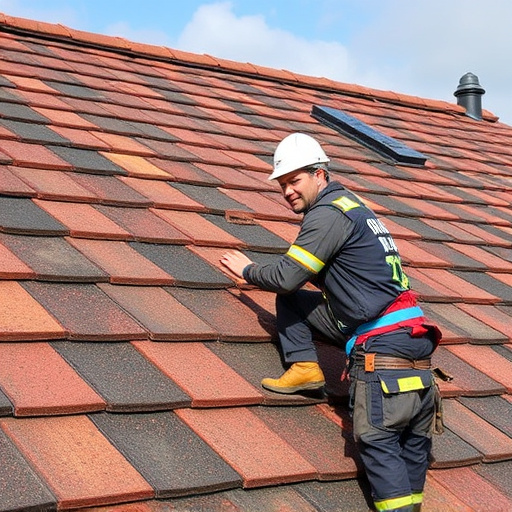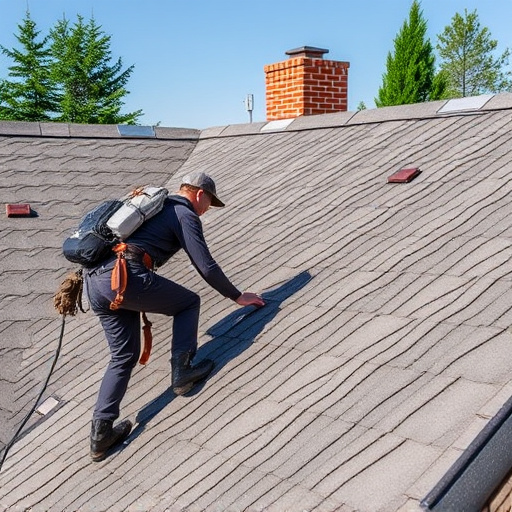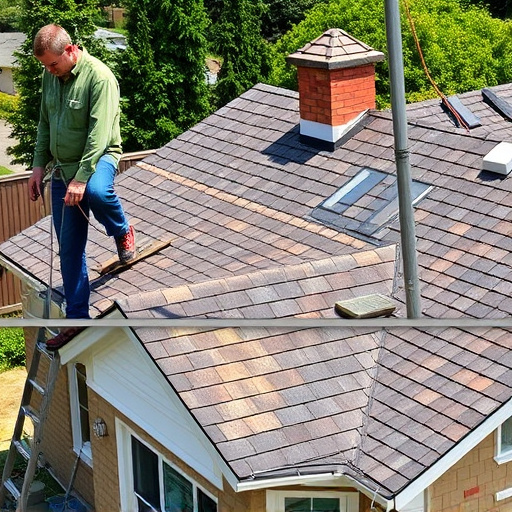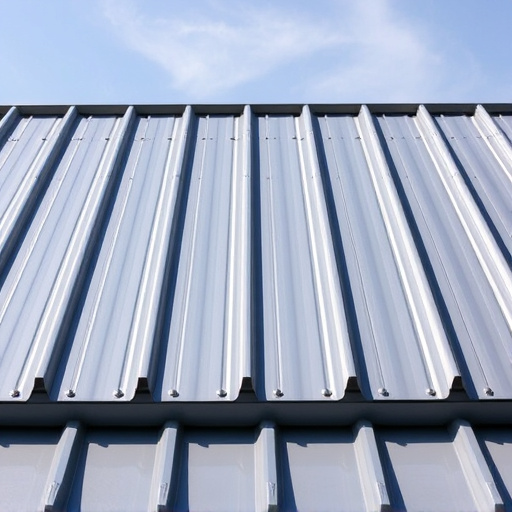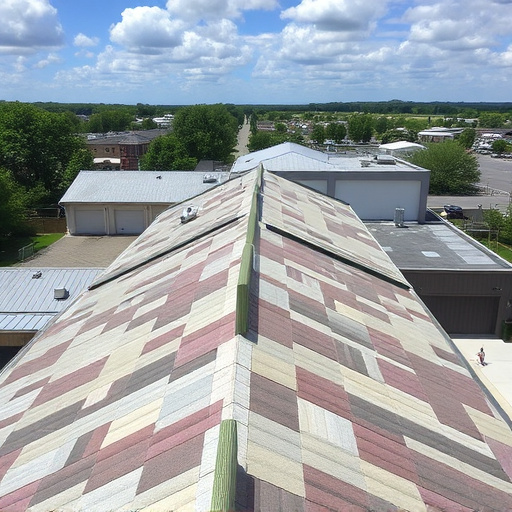When replacing roofs, prioritize durability against elements like wind, water, and extreme temperatures. Materials like metal and slate offer superior protection in harsh climates, requiring less maintenance and ensuring longevity. Quality installation techniques and regular inspections by professionals further enhance resistance to storm damage and water intrusion. Consulting with experts ensures selection of tailored, robust roof replacement materials for specific needs.
When it comes to roof replacement, choosing materials that can withstand harsh weather is paramount for protecting your home. In regions with extreme climates, from blizzards to hurricanes, selecting durable and reliable roofing solutions is essential. This comprehensive guide explores various roof replacement materials, delving into their durability factors and offering expert tips for installations that ensure longevity even in the most challenging conditions. Whether you’re looking for long-lasting protection or seeking specific weather-resistant options, this article provides valuable insights.
- Assessing Durability: Key Factors for Roof Replacement Materials
- Popular Choices: Weather-Resistant Roof Covering Options
- Expert Tips: Installing Longevity in Harsh Climates
Assessing Durability: Key Factors for Roof Replacement Materials
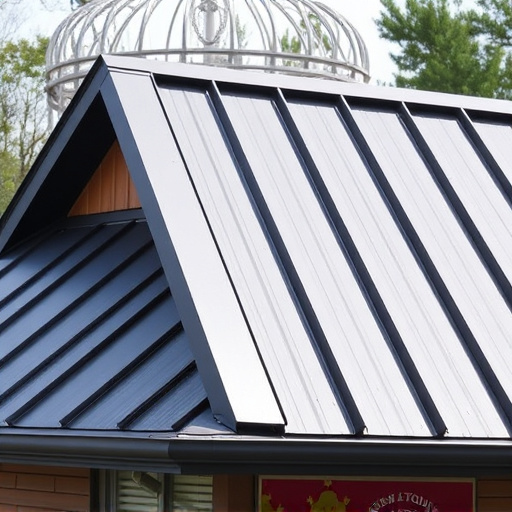
When considering a roof replacement, assessing durability is paramount to ensure your home or building is protected from the elements. Key factors to evaluate include resistance to high winds, impact resistance, and water-tightness—especially in regions prone to storms and heavy rainfall. The right materials should offer long-term protection against corrosion, fading, and cracking, minimizing maintenance requirements over time.
Additionally, considering climate-specific needs is crucial for a successful roof replacement. For instance, in areas with extreme temperatures, materials must withstand thermal expansion and contraction without compromising integrity. Commercial roofing, in particular, demands robust solutions capable of handling high foot traffic and heavy loads. Consulting with professionals who offer expert advice on both residential and commercial roofing can help navigate these factors to select the most suitable and durable materials for your specific needs.
Popular Choices: Weather-Resistant Roof Covering Options
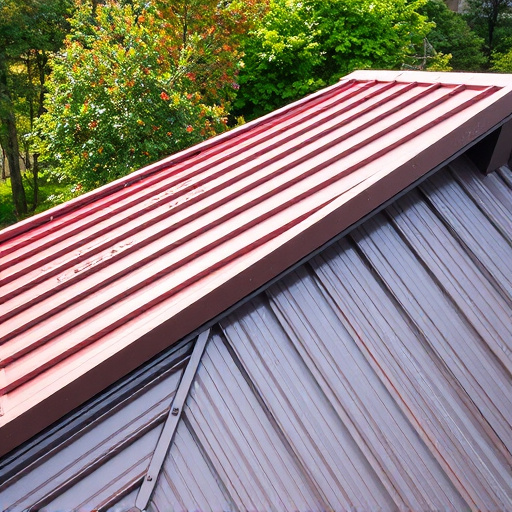
When considering a roof replacement, homeowners often look for materials that can withstand harsh weather conditions, from heavy rainfall to strong winds and extreme temperatures. Luckily, there are several popular choices when it comes to weather-resistant roof covering options. Asphalt shingles remain one of the most common and affordable options, known for their durability and ease of installation. They are designed to resist impact and withstand high winds, making them a reliable choice for many homeowners.
Another durable option is metal roofing, which offers superior protection against storm damage repair. Metal roofs are lightweight yet incredibly strong, able to resist intense storms and extreme weather events. They also provide excellent energy efficiency through effective heat reflection, reducing cooling costs in the summer months. For those looking for a unique aesthetic, tiles and slate offer both beauty and longevity, although they may require professional siding installation services to ensure proper placement and maintenance.
Expert Tips: Installing Longevity in Harsh Climates
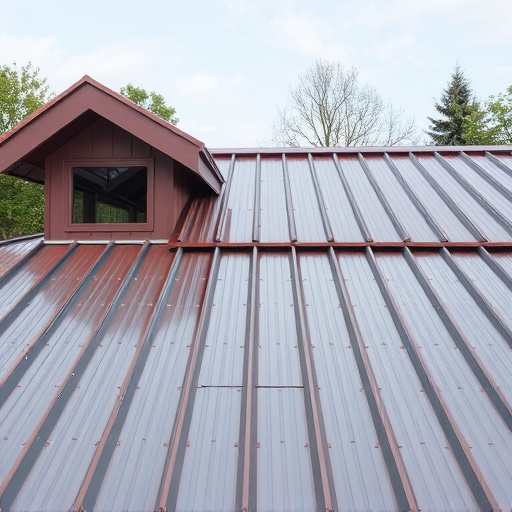
When replacing your roof in harsh climates, experts recommend prioritizing materials that offer superior durability and resistance to extreme weather conditions. This involves selecting high-quality options like metal or slate roofs, which are known for their longevity and ability to withstand high winds, heavy snowfall, and intense sunlight. These materials not only provide excellent protection but also require less maintenance over time, making them a wise investment for homeowners facing challenging environmental conditions.
Additionally, proper installation techniques are crucial for ensuring the long-term integrity of your roof replacement. Weatherproofing is an essential step that involves sealing seams and joints to prevent water intrusion. Regular inspections by professional contractors can help identify potential issues early on, facilitating timely storm damage repair or siding repairs if needed. By combining robust materials with meticulous installation practices, homeowners can significantly enhance their residential roofing’s ability to resist the rigors of harsh climates.
When considering a roof replacement, opting for weather-resistant materials is crucial for any location subject to harsh climates. By understanding the key factors that influence durability and exploring popular options, homeowners can make informed decisions. Following expert tips for installation further enhances longevity, ensuring your roof stands strong against the elements. Investing in the right materials and professional craftsmanship is essential for a robust roof replacement that provides peace of mind for years to come.




